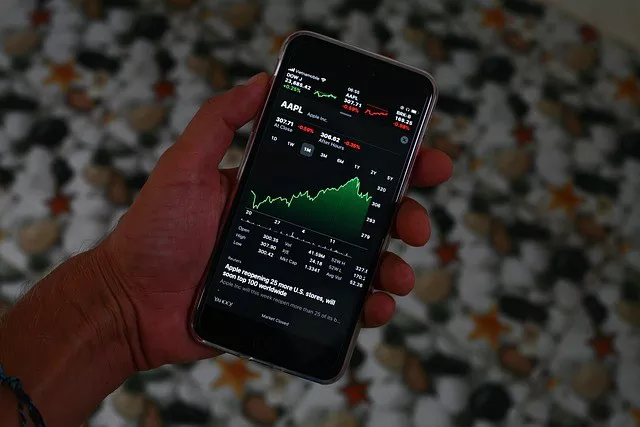The world of commodities trading offers investors a wide range of opportunities to profit from price movements in various markets. One such avenue is gold futures contracts, which allow traders to speculate on the future price of gold. Understanding the costs associated with gold futures contracts is essential for both novice and experienced traders. In this article, we will delve into the intricacies of gold futures contract costs, exploring the factors that influence prices and highlighting key considerations.
-
Defining a Gold Futures Contract:
A gold futures contract is a standardized agreement to buy or sell a specified amount of gold at a predetermined price on a future date. It serves as a financial instrument that enables investors to hedge against price volatility and speculate on gold’s future value without the need for physical ownership. Futures contracts typically trade on regulated exchanges, such as the Chicago Mercantile Exchange (CME) and the London Metal Exchange (LME).
-
Basic Components of a Gold Futures Contract:
a. Contract Size: Gold futures contracts typically represent a specific amount of gold, such as 100 troy ounces. The contract size determines the total value of the contract and affects the trading costs.
b. Delivery Months: Gold futures contracts have various delivery months, allowing traders to choose the timeframe that aligns with their investment strategy. Popular delivery months include the current month, the next month, and a few months further into the future.
c. Contract Price: The contract price specifies the agreed-upon value at which the buyer and seller commit to executing the contract. It reflects the market’s consensus on the expected future price of gold.
-
Factors Influencing Gold Futures Contract Costs:
a. Spot Price of Gold: The spot price of gold, which represents the current market price for immediate delivery, is a critical factor in determining the cost of a gold futures contract. Futures prices tend to closely track the spot price, with deviations influenced by factors such as supply and demand dynamics, geopolitical events, and market sentiment.
b. Interest Rates: Interest rates play a vital role in the cost of carrying gold futures contracts. If the interest rates are relatively high, the cost of holding a futures position increases, as traders must account for the opportunity cost of tying up their capital in the contract rather than alternative investments.
c. Storage and Insurance Costs: While gold futures contracts are cash-settled, meaning physical delivery is not the norm, the costs associated with storing and insuring gold are factored into the pricing. These costs are usually minimal but may vary based on exchange regulations and the specific terms of the contract.
d. Market Liquidity: Market liquidity, or the ease with which a contract can be bought or sold without significantly impacting its price, is another crucial factor influencing gold futures contract costs. Highly liquid contracts tend to have tighter bid-ask spreads, reducing transaction costs for traders.
-
Calculating Gold Futures Contract Costs:
The costs associated with gold futures contracts can be broadly categorized into two components:
a. Initial Margin: When entering a futures contract, traders are required to deposit an initial margin, which serves as collateral. The initial margin represents a percentage of the contract’s total value and acts as a security measure against potential losses. Margin requirements are set by the exchange and may vary based on factors such as volatility and contract specifications.
b. Maintenance Margin: To ensure that traders maintain adequate collateral, exchanges impose maintenance margin requirements. If the value of the futures position falls below the maintenance margin level, traders must deposit additional funds to meet the requirement, known as a margin call. Failure to meet margin calls can result in liquidation of the position.
-
Additional Considerations:
a. Brokerage Fees: In addition to exchange-related costs, traders must also consider brokerage fees charged by their chosen platform or broker. These fees can vary significantly and may be charged as a flat rate or as a percentage of the contract’s value.
b. Risk Management: Understanding and managing risk is crucial when trading gold futures contracts. Traders should employ appropriate risk management strategies, such as stop-loss orders, to limit potential losses and protect their capital.
c. Market Analysis: Before entering into gold futures contracts, conducting thorough market analysis is essential. Traders should consider technical and fundamental factors that may impact gold prices and develop a well-informed trading plan.
Conclusion:
Gold futures contracts offer investors a vehicle to participate in the price movements of the precious metal without physical ownership. Understanding the costs associated with gold futures contracts is vital for traders to make informed decisions and manage risk effectively. By considering factors such as contract size, spot price, interest rates, storage costs, and market liquidity, traders can better grasp the intricacies of gold futures contract costs. It is crucial to conduct thorough research, employ sound risk management strategies, and stay updated on market developments to navigate the complexities of this derivative market successfully.


